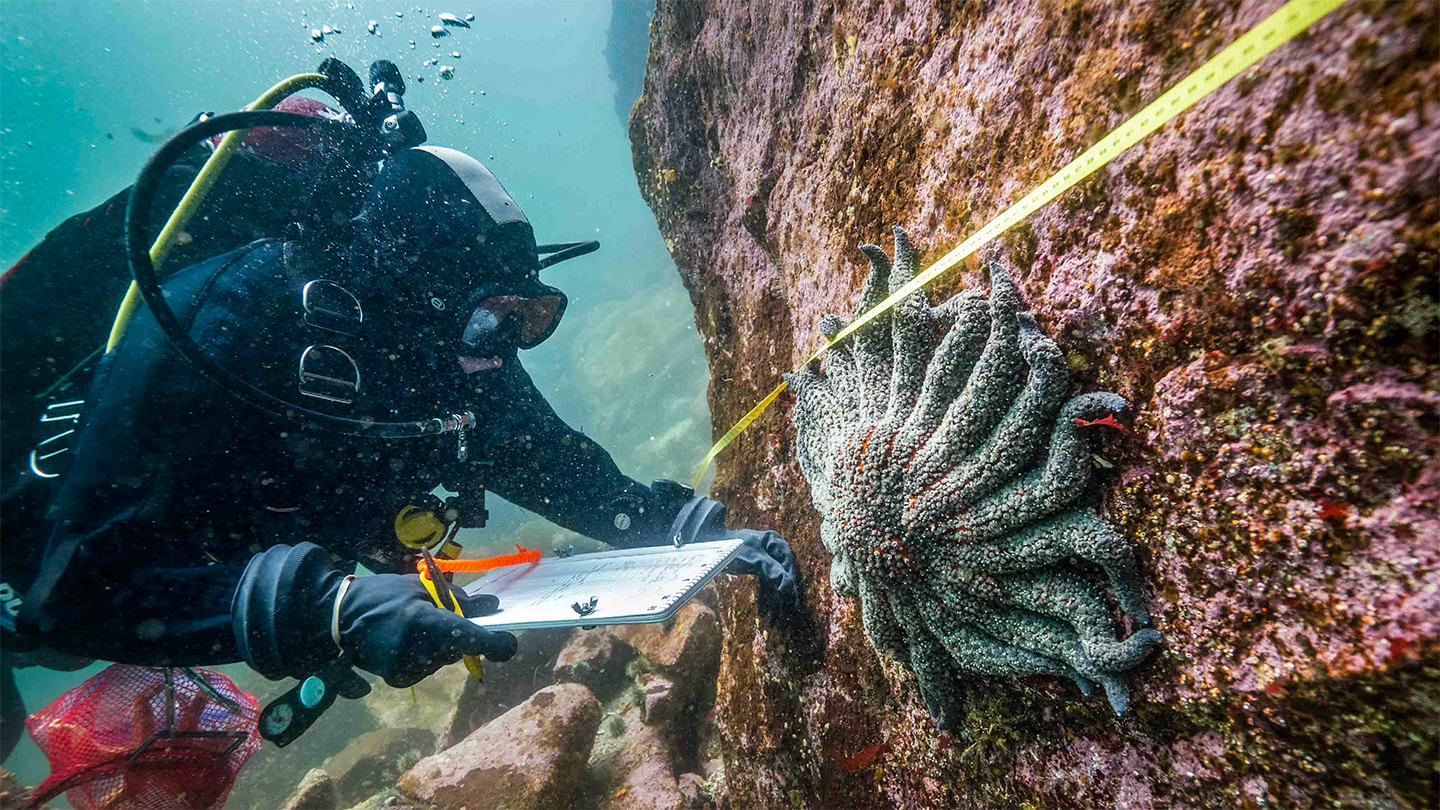Chilling Salvation: How Cold Waters Might Shield Sea Stars from Deadly Plague

In a glimmer of hope for marine conservationists, researchers have uncovered a potential lifeline for the critically endangered sunflower sea stars. These magnificent marine creatures, once abundant along the Pacific Coast, have been decimated by a devastating sea star wasting disease. Now, a groundbreaking discovery suggests that some populations may be finding sanctuary in the sheltered waters of coastal fjords.
Scientists are buzzing with excitement over this unexpected refuge, which could provide crucial insights into the survival and potential recovery of these remarkable marine invertebrates. The fjords, with their unique environmental conditions, appear to offer a protective haven that might help these sea stars resist or survive the disease that has nearly wiped out their populations.
This remarkable finding not only offers a ray of hope for the species but also presents an unprecedented opportunity for researchers to study how these sea stars might be adapting to survive. Marine biologists are now intensely investigating the specific environmental factors in these fjords that could be supporting the sea stars' survival, potentially unlocking critical information for conservation efforts.
The discovery could be a game-changer in understanding and potentially mitigating the impacts of sea star wasting disease, which has caused catastrophic population declines along the Pacific Coast. As scientists continue to probe this promising lead, there's renewed optimism about the future of these incredible marine creatures.
